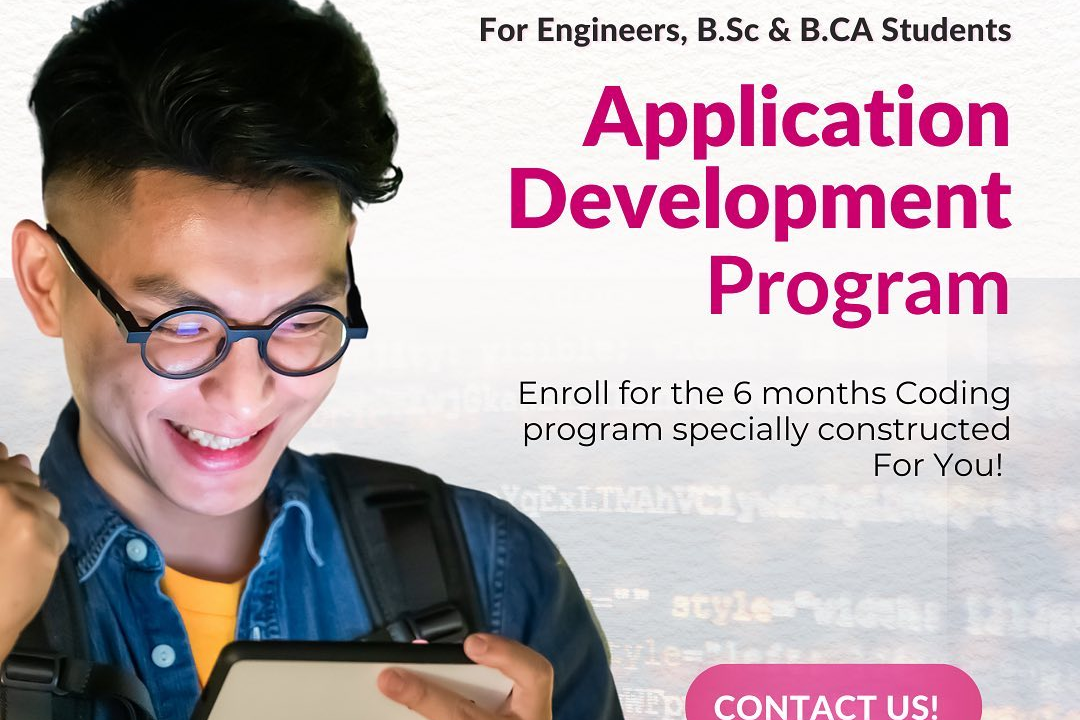Flutter Coding Methodologies For Startups
Effective Flutter Development Strategies for Startups
Flutter Coding Methodologies For Startups
Flutter coding methodologies for startups emphasize rapid development, scalability, and cross-platform compatibility. Startups often use the agile methodology, enabling iterative design and development cycles that allow for quick adjustments based on user feedback. Flutter's single codebase for both iOS and Android accelerates the development process, reducing time to market and costs. To ensure maintainability and performance, startups adopt clean architecture principles, separating UI, business logic, and data layers. Additionally, leveraging widget composition in Flutter fosters reusable components, facilitating modularization and collaboration among team members. Incorporating testing practices like unit and widget testing within the development cycle ensures high-quality deliverables desirable in a competitive startup environment. Overall, these methodologies empower startups to innovate swiftly while maintaining robust and user-friendly applications.
To Download Our Brochure: https://www.justacademy.co/download-brochure-for-free
Message us for more information: +91 9987184296
1 - Understanding Flutter Architecture: Familiarize students with Flutter's architecture, including its use of the Dart language, widget tree structure, and how it differs from other frameworks. This foundational knowledge is essential for effective coding.
2) Stateless vs Stateful Widgets: Teach the difference between Stateless and Stateful Widgets, emphasizing when to use each. This is crucial for managing how data flows and UI updates in applications.
3) Widget Composition: Encourage students to build reusable UI components by composing smaller widgets. This methodology promotes modular design and improves maintainability.
4) State Management Solutions: Introduce various state management options (Provider, Riverpod, BLoC, Redux, etc.) and guide students on when to employ each based on project needs. Understanding state management is critical for scalable apps.
5) Asynchronous Programming: Emphasize the importance of async/await for handling asynchronous operations in Dart, such as network requests, allowing students to write efficient and responsive applications.
6) Responsive Design: Teach responsive design principles, ensuring students know how to create layouts that adapt to different screen sizes and orientations, which is vital for user experience.
7) Testing Methodologies: Stress the significance of testing in Flutter apps, covering unit tests, widget tests, and integration tests. This helps ensure robust applications that meet quality standards.
8) Version Control (Git): Introduce Git and version control best practices, as collaborative coding and code management are crucial aspects of any startup environment.
9) API Integration: Provide hands on training on how to consume RESTful APIs using packages like Dio or http. Understanding API interaction is key to dynamic app functionality.
10) Database Management: Explore options for local storage, such as SQLite and Hive, teaching students how to manage and persist application data effectively.
11) Performance Optimization: Discuss techniques for optimizing Flutter app performance, including proper use of widgets, minimizing rebuilds, and efficient state management.
12) Theming and Styling: Explain how to apply themes and custom styles in Flutter apps, enabling students to create visually appealing applications that align with branding.
13) Deployment Strategies: Cover the steps for deploying Flutter apps on different platforms (iOS, Android, Web), including using tools like Codemagic or Firebase for continuous integration and deployment (CI/CD).
14) Community and Resources: Encourage students to engage with the Flutter community, exploring resources like Flutter Dev's documentation, forums, and third party packages to continuously enhance their skills.
15) Building for Accessibility: Teach best practices for making apps accessible, ensuring that students understand how to implement features that improve usability for all users, including those with disabilities.
By focusing on these methodologies, the training program can equip students with the essential skills and knowledge needed to effectively use Flutter in a startup setting, leading to better project outcomes and enhanced career opportunities.
Browse our course links : https://www.justacademy.co/all-courses
To Join our FREE DEMO Session: Click Here
Contact Us for more info:
Java For Compliance Reporting
best way to learn tableau
big data analytics tutorialspoint
MACHINE LEARNING MICROSOFT AZURE
difference between data analyst and business analyst











